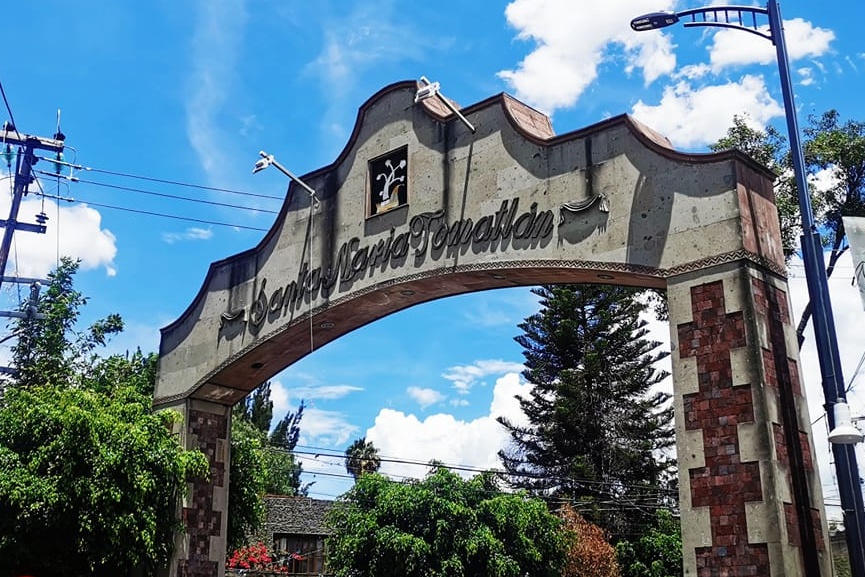
Santa María Tomatlán es un antiguo barrio de Culhuacan. Es, por tanto, uno de los asentamientos originales de Iztapalapa. Pero también es un vecindario ferozmente orgulloso e independiente por derecho propio.
En la foto, se puede ver el glifo que aparece originalmente en un mapa de 1550 de la región. La ciudad es más antigua que eso. El glifo representa una vid con cinco tomates. Y esa es la pista del nombre. Tomatlán significa “lugar de abundantes tomates”.
El pueblo estaba a orillas del antiguo lago Xochimilco. Gran parte del antiguo lago se canalizó hacia el antiguo Canal Nacional durante el período colonial. (Una versión antigua del canal, el Huey Apantli, existía incluso antes).
Como tal, Santa María Tomatlán creció como una ciudad fluvial fuerte, ya que el área frente de la Iglesia de la Purísima Concepción era una isla a la que se le conocía simplemente como la “Isla más arriba” y que prestó su nombre a todo el barrio hasta finales del siglo XIX.
Sigue siendo un pequeño lugar accidentado con carácter y uno donde el lenguaje salado de las canoas que pasan todavía da sabor a la vida aquí. Con San Andrés Tomatlán justo arriba del mismo canal, hoy Santa María está entre la estación Metro San Adres Tomatlán, y el Metro Lomas Estrella.

Cercano a 0.08 kms.

Cercano a 0.41 kms.
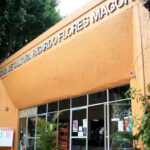
Cercano a 0.45 kms.
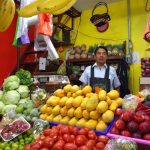
A giant neighborhood market for south eastern Coapa and Cuemanco . . .
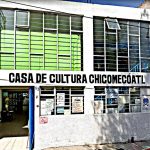
Chicomecóatl is a neighborhood center and cultural hub for communities in the shadow of the volcano.

Probablemente el mejor lugar para almorzar en San Francisco Culhuacán...
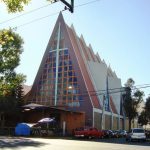
Una maravilla arquitectónica de principios de la década de 1950 alcanza el cielo...
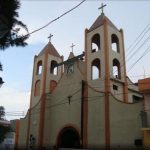
El primer pueblo de la zona en tener una capilla que servía a todos los demás barrios.